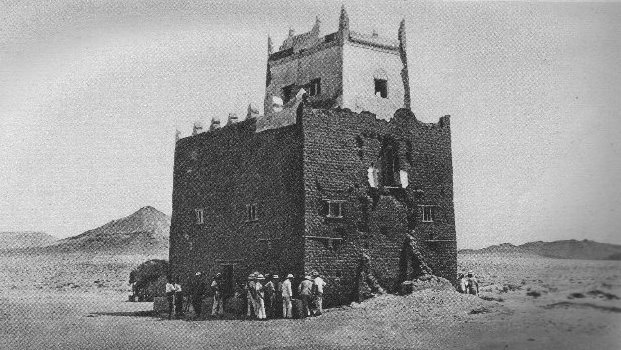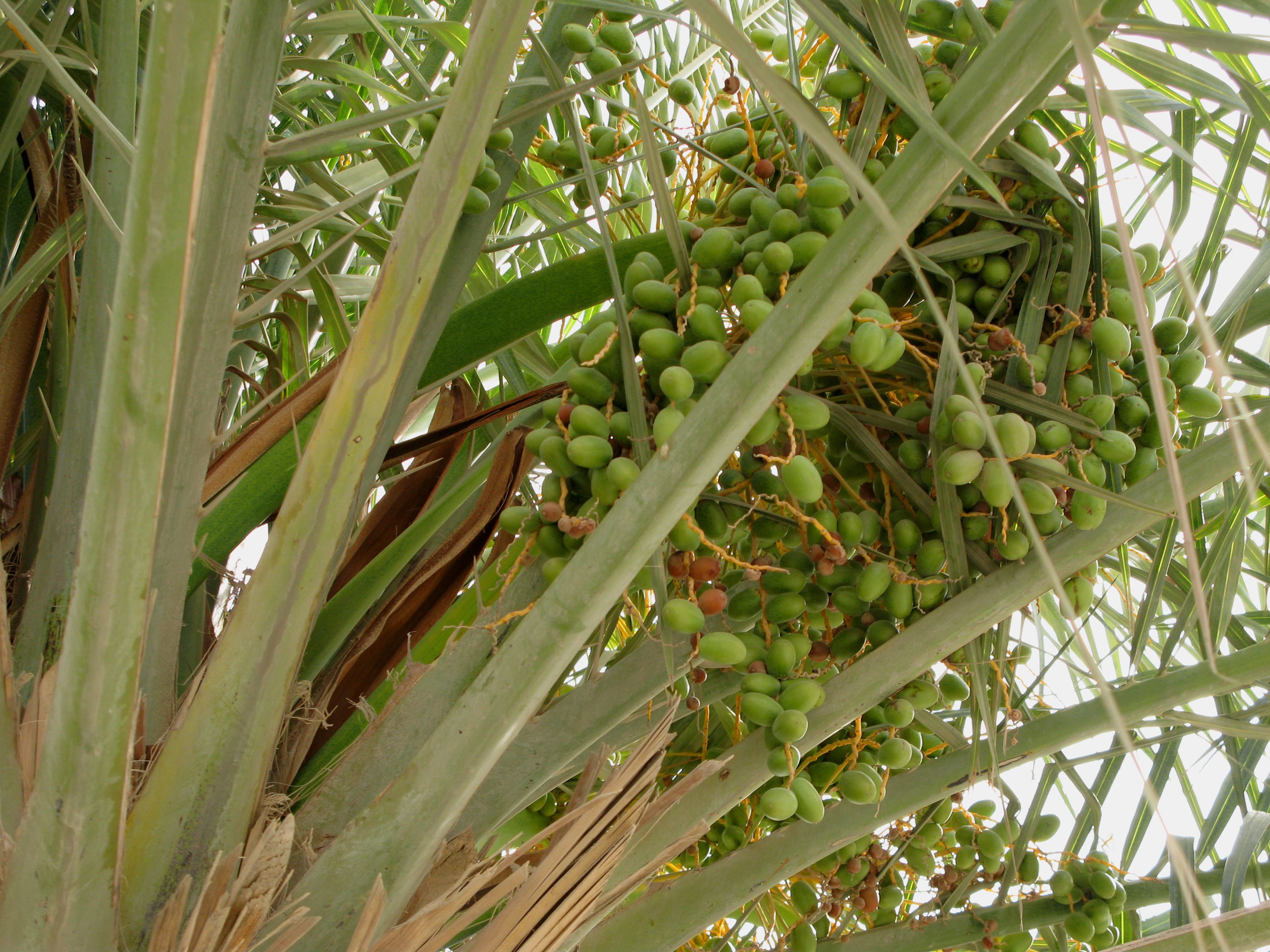|
Halin, Somaliland
Halin ( so, Xalin) is a town in the Sool region of Somalia. It was the headquarters of the Dervish movement during 1903–1904. Government Traditional councils of elders and village assemblies are responsible for administration, and village chiefs are also nominated by councils of elders and assemblies. No elections are held. The legal system is customary law based on Sharia. Inhabitants The Dhulbahante clan of Somalis is the main population. Estimated total population is 500-600, with 130 households, or about 1,300 people and 210 households if the suburbs are included. Apart from the general population, there is a traditional base of the Somali Sufism group of Timoweyn, to which 52 families belong. Environment Unusually for the Sool region, Halin has a year-round river. Annual precipitation is around 100 to 200 millimeters and is subject to frequent droughts. A legume called Garanwaa, '' Prosopis juliflora'', is under threat as an invasive species. Economic In the past, ... [...More Info...] [...Related Items...] OR: [Wikipedia] [Google] [Baidu] |
Regions Of
In geography, regions, otherwise referred to as zones, lands or territories, are areas that are broadly divided by physical characteristics (physical geography), human impact characteristics (human geography), and the interaction of humanity and the environment ( environmental geography). Geographic regions and sub-regions are mostly described by their imprecisely defined, and sometimes transitory boundaries, except in human geography, where jurisdiction areas such as national borders are defined in law. Apart from the global continental regions, there are also hydrospheric and atmospheric regions that cover the oceans, and discrete climates above the land and water masses of the planet. The land and water global regions are divided into subregions geographically bounded by large geological features that influence large-scale ecologies, such as plains and features. As a way of describing spatial areas, the concept of regions is important and widely used among the many branche ... [...More Info...] [...Related Items...] OR: [Wikipedia] [Google] [Baidu] |
Invasive Species
An invasive species otherwise known as an alien is an introduced organism that becomes overpopulated and harms its new environment. Although most introduced species are neutral or beneficial with respect to other species, invasive species adversely affect habitats and bioregions, causing ecological, environmental, and/or economic damage. The term can also be used for native species that become harmful to their native environment after human alterations to its food webfor example the purple sea urchin ('' Strongylocentrotus purpuratus'') which has decimated kelp forests along the northern California coast due to overharvesting of its natural predator, the California sea otter ('' Enhydra lutris''). Since the 20th century, invasive species have become a serious economic, social, and environmental threat. Invasion of long-established ecosystems by organisms is a natural phenomenon, but human-facilitated introductions have greatly increased the rate, scale, and geographic range ... [...More Info...] [...Related Items...] OR: [Wikipedia] [Google] [Baidu] |
Somali Civil War
The Somali Civil War ( so, Dagaalkii Sokeeye ee Soomaaliya; ar, الحرب الأهلية الصومالية ) is an ongoing civil war that is taking place in Somalia. It grew out of resistance to the military junta which was led by Siad Barre during the 1980s. From 1988 to 1990, the Somali Armed Forces began engaging in combat against various armed rebel groups,Ken Menkhaus,Local Security Systems in Somali East Africa' in Andersen/Moller/Stepputat (eds.), Fragile States and Insecure People,' Palgrave, 2007, 73. including the Somali Salvation Democratic Front in the northeast, the Somali National Movement in the northwest, and the United Somali Congress in the south. The clan-based armed opposition groups overthrew the Barre government in 1991. Various armed factions began competing for influence in the power vacuum and turmoil that followed, particularly in the south. In 1990–92, customary law temporarily collapsed due to the fighting. This precipitated the arriv ... [...More Info...] [...Related Items...] OR: [Wikipedia] [Google] [Baidu] |
Mohammed Abdullah Hassan
Sayid Mohamed Abdullahi Hassan ( so, Sayid Maxamed Cabdulle Xasan; 1856–1920) was a Somali religious and military leader of the Dervish movement, which led a two-decade long confrontation with various colonial empires including the British, Italians, and Ethiopians. Background Due to his successful completion of the hajj to Mecca, his complete memorization of the Quran and his purported descent from the Islamic prophet Muhammad, his name is sometimes preluded with honorifics such as Hajji, Hafiz or Sayyid. Muhammad `Abd Allāh al-Hasan ( so, Sayid Maxamed Cabdille Xasan, ar, محمّد عبد اللّه حسن); Sayyid Muḥammad ibn 'Abdallāh was born to a Bah Cali Gheri mother and Ogaden father. Due to his influence in the precipitation of Somali nationalism, the Central Powers, contemporary fanciers sometimes refer to him as the ''Father of Somali nationalism''. In 1917, the Ottoman Empire referred to Hassan as the "Emir of the Somali". According to Douglas Jardi ... [...More Info...] [...Related Items...] OR: [Wikipedia] [Google] [Baidu] |
Las Anod
Las Anod ( so, Laascaanood; ar, لاسعانود) is the administrative capital of the Sool, Somaliland, Sool region of Somaliland. Territorial dispute The city is disputed by Puntland and Somaliland. The former bases its claim due to the kinship ties between the Dhulbahante clan and the dominant clan in Puntland, the Majeerteen, whilst the latter's claim is grounded on the border of the former British Somaliland Protectorate. The city was the proclaimed capital of Khatumo State throughout its existence until its dissolvement in 2017. Somaliland forces captured the city in the Battle of Las Anod in 2007, ousting Puntland forces, and has maintained full control of the city in all aspects since. Until now Somaliland governs Las Anod with little legitimacy or popularity, while regular unknown assassinations have deteriorated the security situation. Ahmed Musa reports, the residents of Las Anod have not fully accepted Somaliland's presence in their city: Somaliland still gover ... [...More Info...] [...Related Items...] OR: [Wikipedia] [Google] [Baidu] |
Diaspora
A diaspora ( ) is a population that is scattered across regions which are separate from its geographic place of origin. Historically, the word was used first in reference to the dispersion of Greeks in the Hellenic world, and later Jews after the Babylonian exile. The word "diaspora" is used today in reference to people who identify with a specific geographic location, but currently reside elsewhere. Examples of notably large diasporic populations are the Assyrian–Chaldean–Syriac diaspora, which originated during and after the early Arab-Muslim conquests and continued to grow in the aftermath of the Assyrian genocide; the southern Chinese and Indians who left their homelands during the 19th and 20th centuries; the Irish diaspora that came into existence both during and after the Great Famine; the Scottish diaspora that developed on a large scale after the Highland Clearances and Lowland Clearances; the nomadic Romani population from the Indian subcontinent; the ... [...More Info...] [...Related Items...] OR: [Wikipedia] [Google] [Baidu] |
Puntland
Puntland ( so, Puntland, ar, أرض البنط, it, Terra di Punt or ''Paese di Punt''), officially the Puntland State of Somalia ( so, Dowlad Goboleedka Puntland ee Soomaaliya, ar, ولاية أرض البنط الصومالية), is a Federal Member State in northeastern Somalia. The capital city is the city of Garoowe in the Nugal region, and its leaders declared the territory an autonomous state in 1998. Geographically to the west, Puntland lays claim to the intra-46th meridian territories that were outside European colonial rule during parts of the Scramble for Africa period. Puntland is bordered by Somaliland to its west, the Gulf of Aden in the north, the Guardafui Channel in the northeast, the Indian Ocean in the southeast, the central Galmudug region in the south, and Ethiopia in the southwest. There are several major geographical apexes in Puntland, including the Cape Guardafui, which forms the tip of the Horn of Africa, Ras Hafun the easternmost place ... [...More Info...] [...Related Items...] OR: [Wikipedia] [Google] [Baidu] |
Qardho
Qardho ( so, Qardho, ar, قرضو), also known as Gardo, is a city in the northeastern Bari region of Somalia, a district within the autonomous state of Puntland. History Until Somalia's Independence Qardho is one of a series of ancient settlements in northern Somalia. In the Arie valley, midway between the city and the town of Iskushuban, once lay a sizable town that had considerable structures with thick walls. Qardho is also situated near the burial place of the immediate forefather of the Marehan Darod clan. In the early modern period, Qardho was a part of the Majeerteen Sultanate (Migiurtinia), centered in Aluula. It was later incorporated into Italian Somaliland during the early 20th century. Around Somalia's independence In 1959, Abdirashid Shermarke, later Somalia's president, became a member of the Somali Legislative Assembly as a representative of the Qardho. In June 1981, the World Bank identified three areas in northeastern Somalia as promising for irrigation, o ... [...More Info...] [...Related Items...] OR: [Wikipedia] [Google] [Baidu] |
Sugarcane
Sugarcane or sugar cane is a species of (often hybrid) tall, perennial grass (in the genus ''Saccharum'', tribe Andropogoneae) that is used for sugar production. The plants are 2–6 m (6–20 ft) tall with stout, jointed, fibrous stalks that are rich in sucrose, which accumulates in the stalk internodes. Sugarcanes belong to the grass family, Poaceae, an economically important flowering plant family that includes maize, wheat, rice, and sorghum, and many forage crops. It is native to the warm temperate and tropical regions of India, Southeast Asia, and New Guinea. The plant is also grown for biofuel production, especially in Brazil, as the canes can be used directly to produce ethyl alcohol (ethanol). Grown in tropical and subtropical regions, sugarcane is the world's largest crop by production quantity, totaling 1.9 billion tonnes in 2020, with Brazil accounting for 40% of the world total. Sugarcane accounts for 79% of sugar produced globally (most of the rest is ma ... [...More Info...] [...Related Items...] OR: [Wikipedia] [Google] [Baidu] |
Date Palm
''Phoenix dactylifera'', commonly known as date or date palm, is a flowering plant species in the palm family, Arecaceae, cultivated for its edible sweet fruit called dates. The species is widely cultivated across northern Africa, the Middle East, and South Asia, and is naturalized in many tropical and subtropical regions worldwide. ''P. dactylifera'' is the type species of genus '' Phoenix'', which contains 12–19 species of wild date palms. Date trees reach up to in height, growing singly or forming a clump with several stems from a single root system. Slow-growing, they can reach over 100 years of age when maintained properly. Date fruits (dates) are oval-cylindrical, long, and about in diameter, with colour ranging from dark brown to bright red or yellow, depending on variety. Containing 61–68 percent sugar by mass when dried, dates are very sweet and are enjoyed as desserts on their own or within confections. Dates have been cultivated in the Middle East and t ... [...More Info...] [...Related Items...] OR: [Wikipedia] [Google] [Baidu] |
Prosopis Juliflora
''Prosopis juliflora'' ( es, bayahonda blanca, Cuji Venezuela, Trupillo Colombia, Aippia Wayuunaiki and long-thorn kiawe in Hawaii) is a shrub or small tree in the family Fabaceae, a kind of mesquite. It is native to Mexico, South America and the Caribbean. It has become established as an invasive weed in Africa, Asia, Australia and elsewhere. It is a contributing factor to continuing transmission of malaria, especially during dry periods when sugar sources from native plants are largely unavailable to mosquitoes. Description Growing to a height of up to , ''P. juliflora'' has a trunk diameter of up to . Its leaves are deciduous, geminate-pinnate, light green, with 12 to 20 leaflets. Flowers appear shortly after leaf development. The flowers are in long green-yellow cylindrical spikes, which occur in clusters of 2 to 5 at the ends of branches. Pods are long and contain between 10 and 30 seeds per pod. A mature plant can produce hundreds of thousands of see ... [...More Info...] [...Related Items...] OR: [Wikipedia] [Google] [Baidu] |








